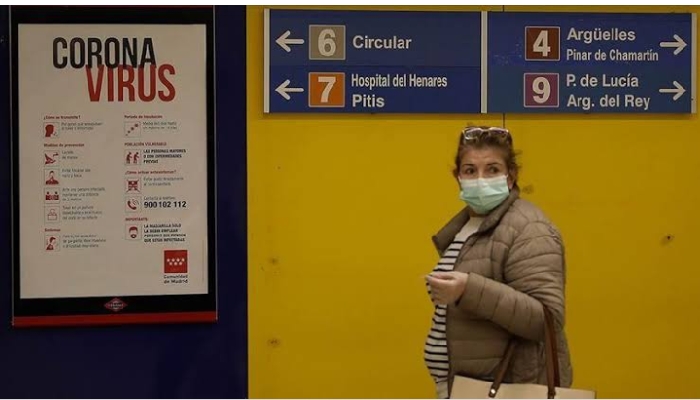Rohtak, Aug 9: An 18-year-old girl and a policeman escorting her were shot dead by three unidentified bike-borne assailants in a suspected case of honour killing in Haryana's Rohtak on Wednesday.
The incident took place after the girl, escorted by Sub-Inspector Narender Kumar and a woman police constable, had appeared before the Rohtak court for a hearing in connection with her date of birth at the time of her marriage.
While returning, three unidentified miscreants gunned down the girl and the police officer. The woman constable managed to escape unhurt.
According to Rohtak Superintendent of Police (SP) Jashandeep Singh Randhawa, "Girl's parents had filed a case against her after she married against their choice and she was being produced before the court. She was killed in this regard."
Randhawa further revealed that the girl's mother-in-law has given some clue to identify the assailants.
The victim, who belonged to the Jat community, was 17-year-old when she had eloped with a Dalit boy last year. The girl's father had registered a complaint against the boy at the Rohtak City police station.
After questioning, the boy had allegedly showed forged documents to the police to prove that the girl was an adult and the two got married. But the victim's family produced original certificates to show that she was a minor at the time of marriage. After all this, the Dalit boy was reportedly arrested on charges of forgery and sent to jail.
Subsequently, police had asked the girl to go back to her parent's house but she refused. Hence, the girl was sent to Nari Niketan in Karnal.
Meanwhile, no arrest has been made in the matter so far.






Comments
Add new comment